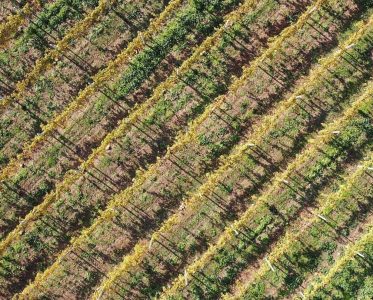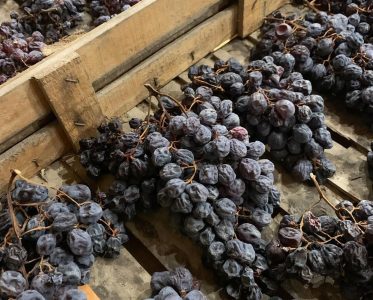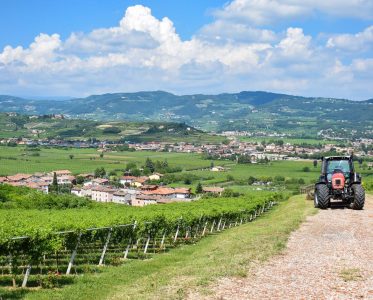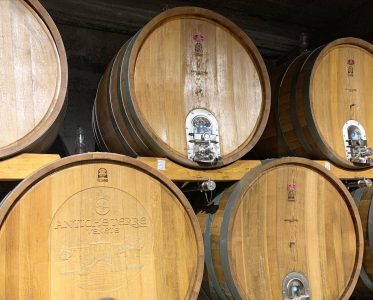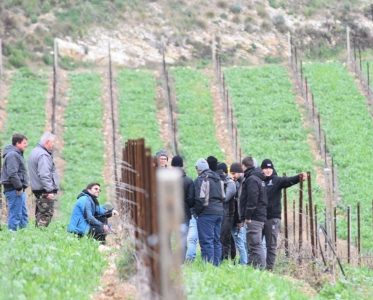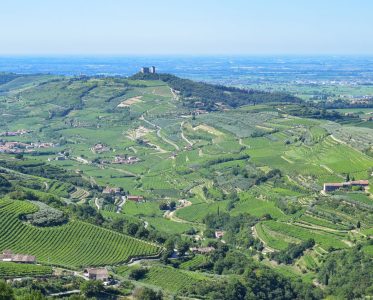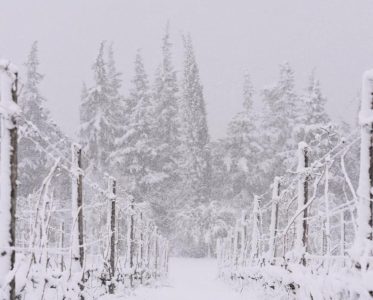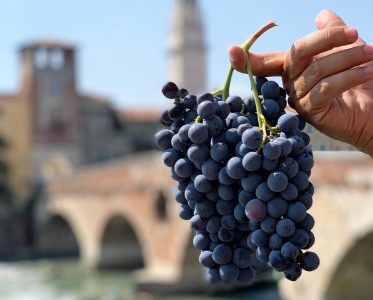Consorzio per la Tutela dei Vini Valpolicella #162

Discover the Consorzio
The Valpolicella DOC and DOCG wine production area includes the Piedmont strip of the Verona province and encompasses 19 municipalities – 5 in the Classica area and 14 in the DOC one. Its territory borders Lake Garda to the west, while to the east and north it is protected by the Lessini Mountains. Active for over 90 years, the Consorzio per la Tutela dei Vini Valpolicella represents 286 companies that bottle or make renown DOP Veronese wines, a supply chain that includes 7 cooperative cellars and 2.286 grape growers. The Valpolicella landscape is extremely rich thanks to the great differences in the morphology of the land. In terms of structure, the territory may be divided into three macro areas: the mountainous limestone areas formed by the Lessini Mountains; the hilly area where most of the vines are planted; the valley floor.
The Valpolicella is composed of valleys developing in a north-south direction and can be described as a fan-shaped territory of valleys separating from Verona. The countryside of the Valpolicella is mainly hilly with gentle slopes and watersheds at low altitudes and is dominated almost everywhere by vineyards, but also olive and cherry trees. The geological and climatic characteristics of this region, unique and extremely diverse, are the basis of the great originality and typicity of the wines.
Valpolicella distinct zones
The production regulations divide the Valpolicella into three distinct zones:
- The Classica, formed by five distinct geographic areas including Sant’Ambrogio di Valpolicella and San Pietro in Cariano, and valleys of Fumane, Marano and Negrar di Valpolicella.
- The Valpantena, which includes the valley of the same name.
- The Valpolicella DOC with the districts of the municipality of Verona and the valleys of Illasi, Tramigna and Mezzane.
Corvina, Corvinone and Rondinella: three indigenous grapes for the great wines
Excellence in the vineyard and production is the aim of the Consortium. This is the orientation of the “SQNPI – Sistema di Qualita Nazionale Produzione Integrata” – the National Integrated Production Quality System, which certifies agricultural and agro-industrial production according to specific technical standards and mandatory phytosanitary indications for the wine sector. A great part of Valpolicella success is linked to its history of production, strongly connected to its indigenous grape varieties, like Corvina, Corvinone, Rondinella and other local varieties, which give a unique mark to the wine styles: Valpolicella DOC, Valpolicella Ripasso DOC, Amarone della Valpolicella DOCG and Recioto della Valpolicella DOCG.
The Valpolicella DOC is a young and fine wine with a vinous aroma and delicate bouquet. Valpolicella DOC Superiore must have higher quality characteristics. Valpolicella Ripasso DOC is a medium-bodied wine with good alcohol content. It is obtained by the refermentation of the basic Valpolicella on the pomace of the Amarone della Valpolicella and/or Recioto della Valpolicella wines (“Ripasso” means “re-pass”). Amarone della Valpolicella – the most prestigious wine of Valpolicella, whose excellence and uniqueness are worldwide appreciated, is obtained through the drying of the grapes in the so-called “fruttaio” for about 100/120 days. Recioto is the ancestor of the Amarone and the most ancient wine of the Valpolicella Appellation. It is produced, like Amarone, through the grapes drying in the so-called “fruttaio”.
